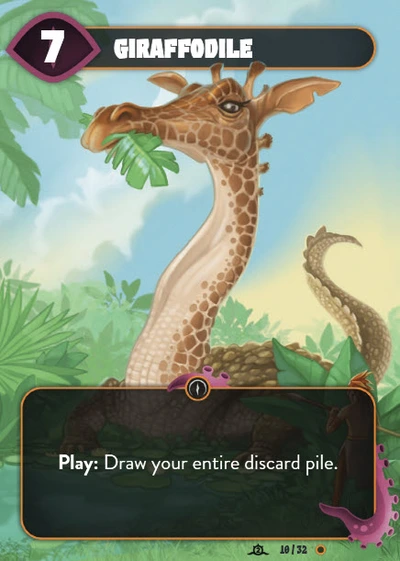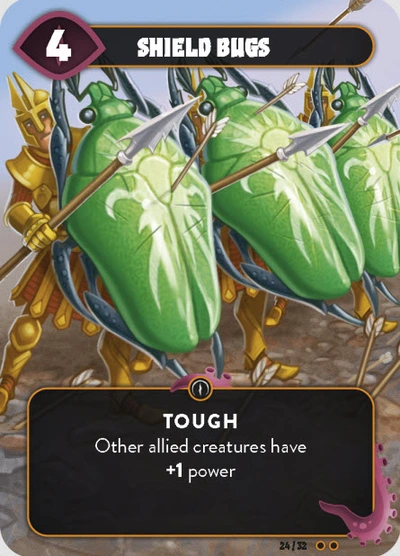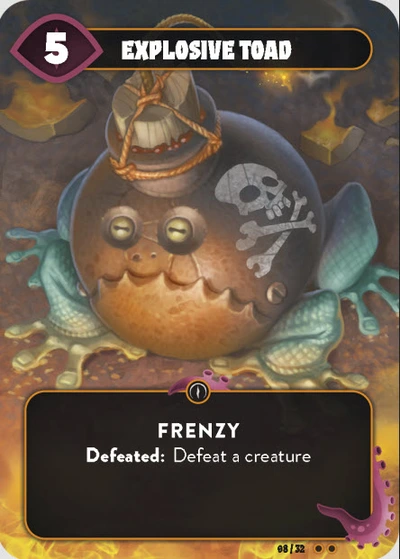If you’re new to this exciting card game Mindbug Online, this guide will help you learn some easy strategies and common mistakes to avoid. Here are some basic tips and tricks to get started.
Mindbug Online Guide – 101
Before jumping into matches against real players, try playing against the AI. This will help you understand the cards better and get used to the game’s rules. Playing AI matches is fast, so you can learn a lot in a short time. Mastering the basics here will make playing against real opponents way less frustrating. The AI doesn’t take long to make decisions, which means you can play multiple games quickly and get comfortable with all the different cards.
Know the Cards
Mindbug is all about strategy, and the key to winning is knowing the cards. You need to know which cards are in the game, what their abilities are, and how they can affect the match. For example, a card like Killer Bee can surprise you if you aren’t expecting it, and this could easily make you lose the game. Take some time to learn what each card does so you can plan your strategy around them.

Don’t Build a Massive Board
Unlike other card games, having tons of creatures on your board isn’t always a good thing. In Mindbug, you don’t win by stacking as many creatures as possible. Instead, each card has unique abilities that can change the game. Sometimes, a single well-played card is all you need to win. If you have a strong creature on the board, use it to your advantage rather than just trying to build a big board.
Card Advantage Matters
Each player has only 10 cards, so every card is extremely valuable. If you can force your opponent to discard or waste a card, you’re putting yourself in a great position. Protecting your own cards is equally important—play them at the right moment, and don’t be afraid to hold back if the timing isn’t right.


Save Your Mindbugs
Every player has two Mindbugs, which allow you to take control of one of your opponent’s cards. It’s very tempting to use these Mindbugs as soon as your opponent plays a strong card, but that’s not always a good idea. Try to save your Mindbugs for when you really have no other way to deal with a card. If you use them too early, you might run into trouble later when a card you can’t handle appears.
Plan Ahead
Mindbug is like a game of chess—you need to think a few steps ahead. If you decide to play a powerful card and your opponent uses a Mindbug to steal it, can you beat that card later? You should always think about what might happen if your opponent takes control of your best cards. Think ahead to avoid setting yourself up for failure. It’s also important to consider which cards your opponent may still have left to play.
Force Tough Choices for Your Opponent
The key to winning in Mindbug is making your opponent make tough, sometimes bad, decisions. For example, if you can play a card that forces your opponent to either use a Mindbug or risk losing control of the game, you’re putting them in a difficult position. If you can consistently set up these scenarios, you’re likely to come out on top.
Look for Answers
Always think about how you can counter your opponent’s moves. Ask yourself questions like, “How can I defeat this card?” or “What card would my opponent struggle to counter?” If you can find cards or strategies that your opponent has no answer for, you’ll quickly gain the upper hand.
Think About Your Opponent’s Cards
Remember, each player has 10 cards. If you know that powerful cards like Killer Bee or Giraffodile are in the deck, and you haven’t seen them yet, it’s smart to save your Mindbugs. The later stages of the game can be very dangerous if you’re unprepared, so keep track of what’s been played and what might still be coming.


Game Strategies
- Lone Yeti: If you play Lone Yeti and your opponent uses a Mindbug to steal it, you need to have a plan to defeat it. The Lone Yeti is a very strong card, and if you aren’t ready to deal with it, it could cost you the game.

- Using Hunters: Cards like Killer Bee are excellent at taking down stronger cards. If your opponent steals one of your strong cards, such as Goblin Werewolf, having a card like Killer Bee to counter it can save you.



- Forcing Mindbug Use: Try to make your opponent waste their Mindbugs on cards that aren’t your strongest. For example, if you play Lone Yeti first, and then follow with Brain Fly, you can make your opponent use their Mindbugs early, which gives you an advantage later on.




Common Mistakes to Avoid
- Using Mindbugs Too Early: If you use your Mindbugs too early, you won’t be able to counter powerful cards like Killer Bee, Chameleon Sniper, or Giraffodile later in the game. Be patient and wait for the right moment.



- Playing Strong Cards First: Avoid playing very strong cards like Deathweaver or Chameleon Sniper right at the beginning. Your opponent will likely take them using a Mindbug, and you’ll be left with fewer options. Play something you can still manage if it gets stolen.




Optimal Starting Cards
- Plated Scorpion: This is a great defensive card that works against almost everything except sneaky creatures. It’s a solid choice to start building your board.
- Axolotl Healer or Explosive Toad: These cards are good for early play because they give you flexibility and can either defend or set up future attacks.
- Snail Hydra (if you go second): This card makes your opponent make a tough decision—if they don’t use a Mindbug, you’ll be able to use its ability in your next turn. If they do use a Mindbug, they won’t get to benefit from its ability because they already have more creatures.





P.S: Mindbug Online is all about thinking ahead, finding counters, and making smart moves. Practice by playing against the AI to understand what each card does and how you can use them to your advantage. Remember, make your opponent’s decisions as difficult as possible and think a few moves ahead. With practice, you’ll get better and better, and before long, you’ll be winning against real players with ease!
This guide is a revision of the original guidebook by Der schreckliche Ernie. You can access the author’s profile via the link in his name.